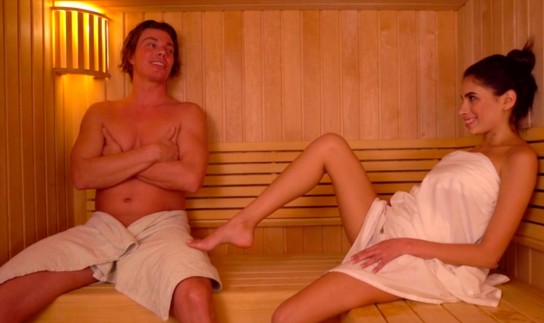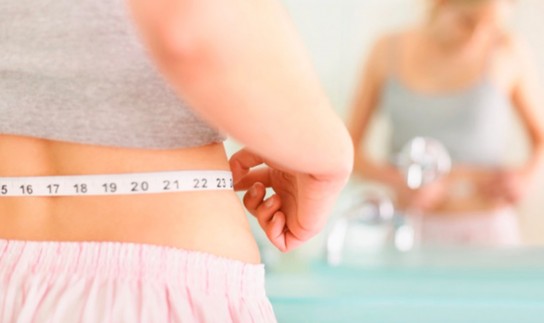In Finland, people say "Build a sauna first, and then a house”. These are not just words! According to statistics, one sauna here falls on three people and is available in almost every apartment, constituting an integral part of the bathroom interior. In Finnish folklore, the sauna is represented by the image of fairies and dwarfs, who bring success and happiness, and if angry with the owners for misbehavior, cool the water in the bath and deprive them of steam.
Features of the Finnish bathhouse
Steam in the proper sauna should be light, with no clubs and not burning the skin. The air temperature in the steam-room varies between 90-100C, and air humidity ranges from 5 to 10%.
The Finnish bathhouse is extremely healthy: dry steam cleans the pores, removes toxins, recovers nervous system functioning, improves the immunity and blood circulation systems. Moreover, since the Finnish sauna is considered to be the driest and hottest one, then, the process of sweating is the most effective. In addition, the sauna has an excellent effect on the skin, making it smooth and elastic.
There is a common misconception that you cannot pour water on stones in a sauna. In fact, the Finns, like the Russians, love to put on steam using a birch broom (Vihta).
Do it right
In order not to harm the body, beginners should train themselves to the heat gradually, starting from the bottom shelf. The first (warm-up) approach should not exceed 3-4 minutes. Experienced attendants can warm up for longer, but not more than 10 minutes.
After the steam room, you need to cool down by taking a cool shower or plunging into the pool, and get some rest. The second approach can last for 8-10 minutes, and, if desired, a little longer. Then, cold shower and rest under the same scheme. The further number and duration of visits depends on your desire and well-being.
Do you know?
- A person loses about 300 calories during one standard visit to the sauna.
- Sauna is an effective remedy for insomnia. Following the procedure, the phase of deep sleep comes faster and lasts longer.
- If you want to get rid of few extra pounds, then it is important not to eat during a visit to the sauna and within 2 hours after.
- Scientists confirm that the Finnish sauna existed back in V-VIII centuries.
- Before burying the deceased, the Finns left him in a cooled down sauna for three days. They believed that his soul would purge of sins this way.
- Finnish sauna experienced a period of persecution. From 1150 to 1809, when the Swedes ruled the Finns, saunas were banned by the decree of the Swedish government. The reason for the ban was excessive consumption of wood for their heating and construction, as well as a high risk of fires.
Sauna’s dos and don'ts
In a hot sauna, the load on the cardiovascular system increases many times, so drinking alcohol can have serious consequences. For example, cases are frequent of heart attacks in the bathhouse.
It is not recommended to bathe immediately after meal or fasted, as well, as eat food containing preservatives and drink-carbonated drinks. It is also necessary to take into account that cold drink inhibits perspiration; therefore, it is preferable to drink warm herbal tea made of rose hips or mint in the sauna.
Increased body temperature, general weakness of the body and overfatigue are absolute contraindications for bath procedures. In addition, you should avoid high physical exertion in the sauna. This is not the best place for the competition “Who will stay longer on the top shelf”. Caution should be exercised with bathing in ice water immediately after the bath, No soap prior to visiting steam-room! It washes away the protective fatty film from the skin, putting it at risk of being burned. Because of overheating, you should not wet your head until the end of the last approach.
How to distinguish overheating?
If one feels worse in a sauna or one of the following symptoms is found, it is necessary to urgently go out the steam-room, lie on a bench, and apply cool compresses to the head and heart.
Signs of overheating include:
- heart palpitations;
- increased or difficulty breathing;
- mild or severe dizziness;
- nausea;
- pain in the temples;
- seeing spots;
- ringing of the ears.

